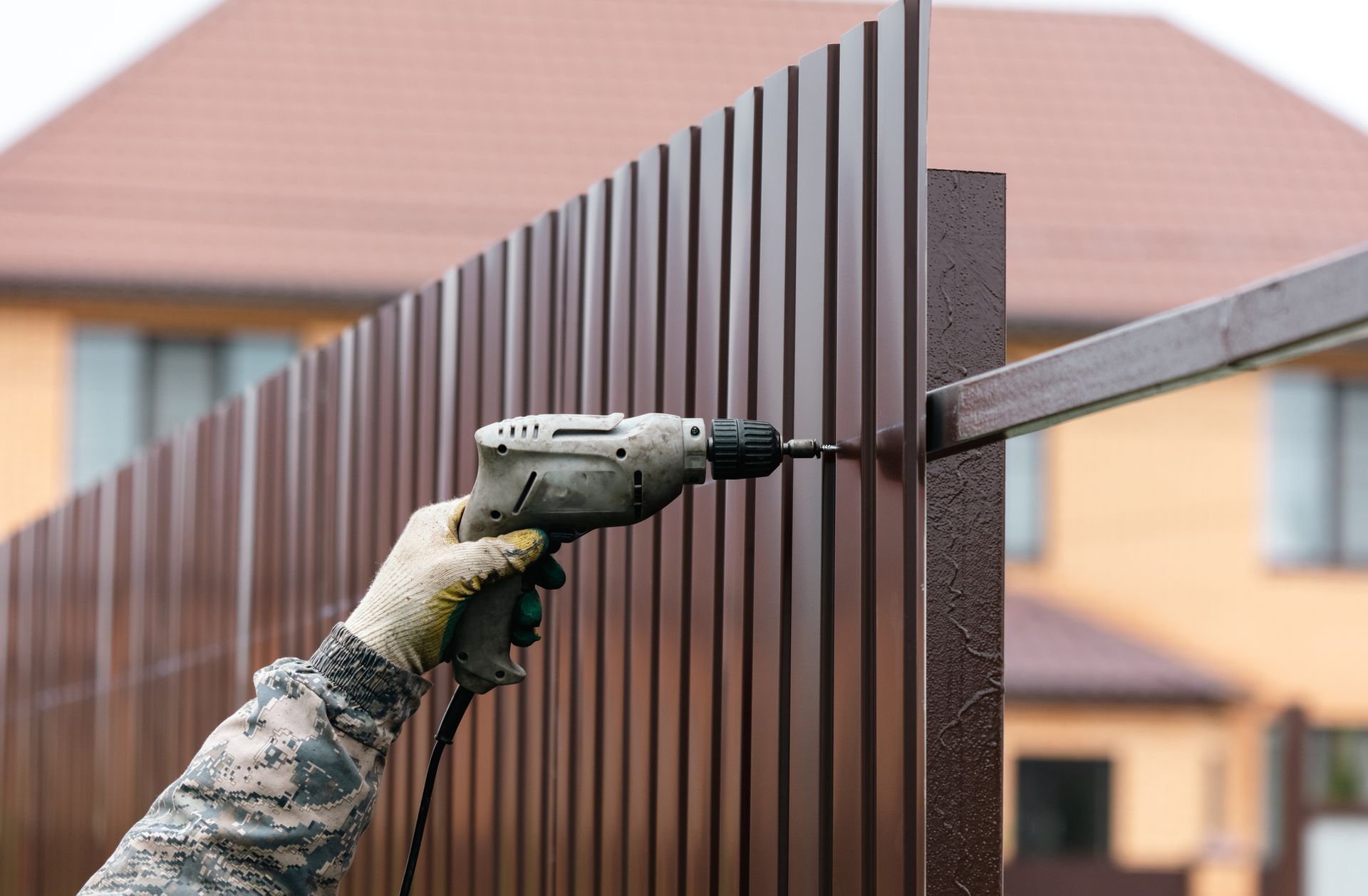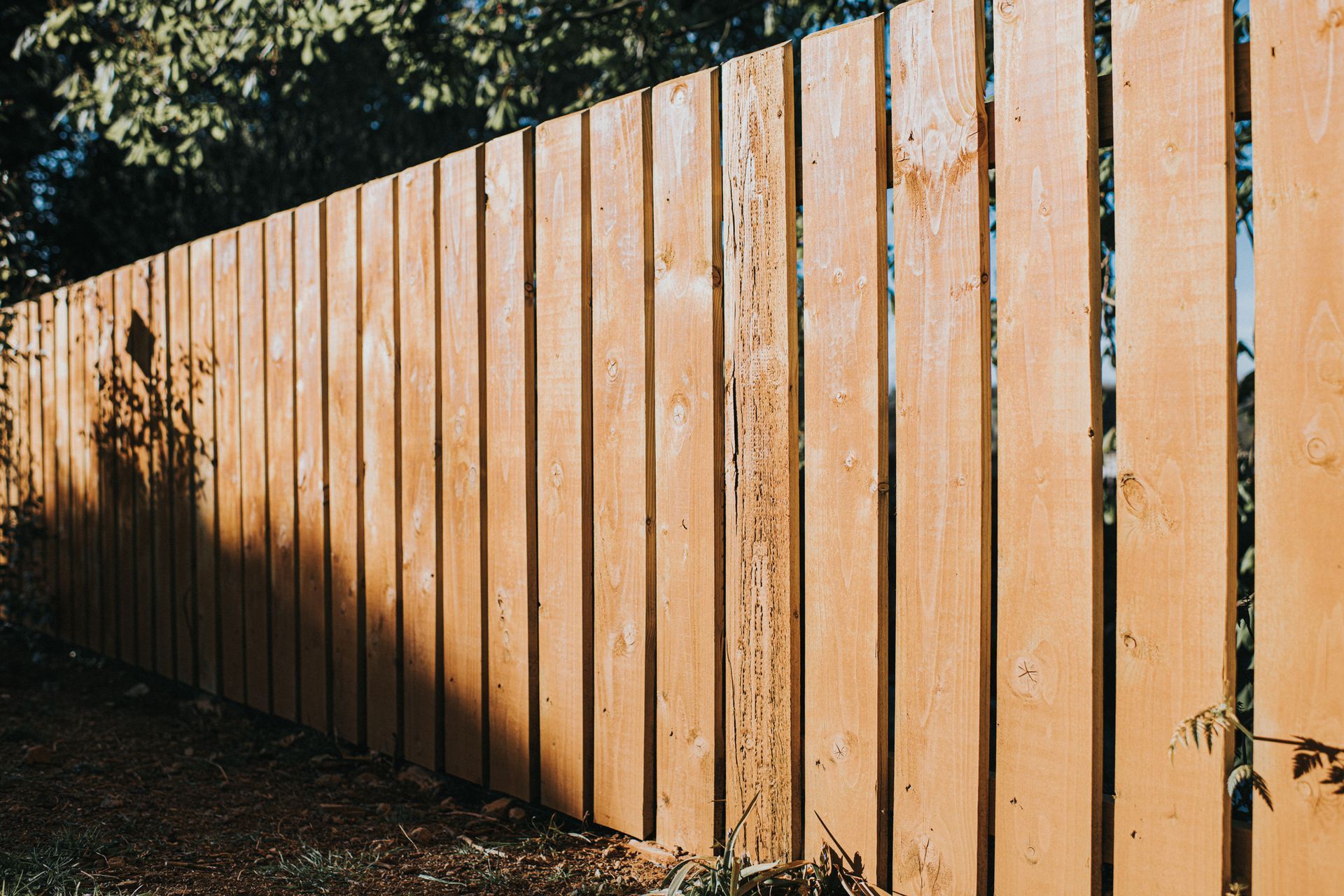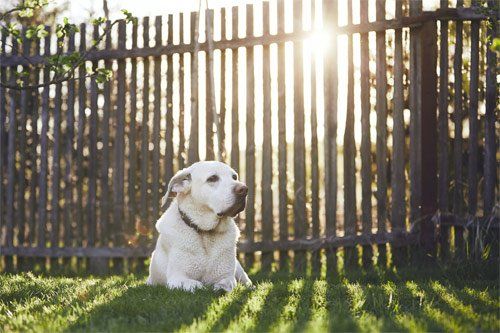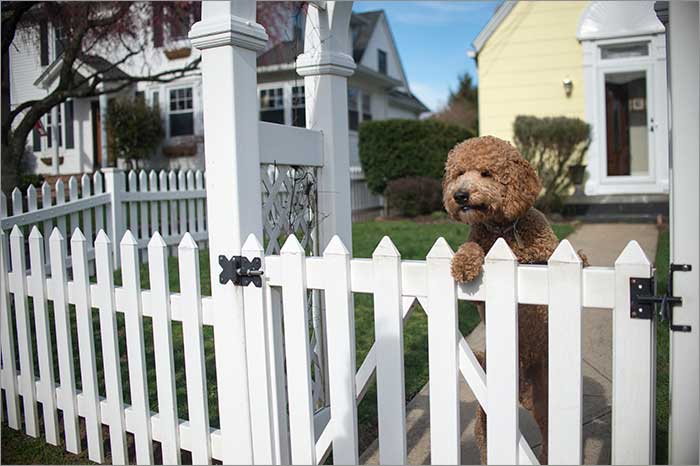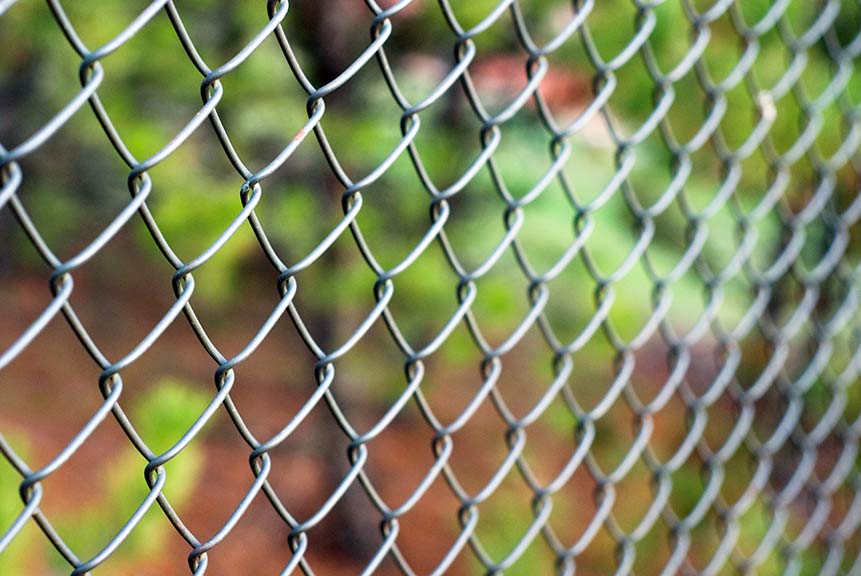Essential Winter Maintenance for Your Fence
Admin • October 11, 2018
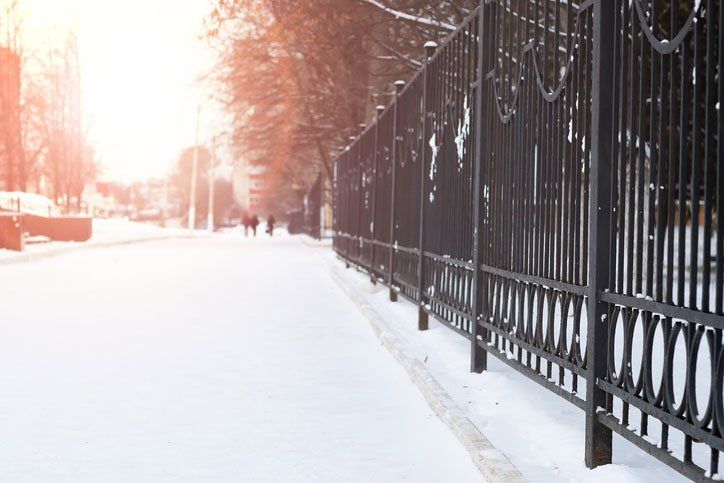
When winter approaches, you may think of closing down your patio and just generally ignoring the outdoors as much as possible for a few months. When winter hits, though, you still need to attend to the effects of snow, ice, and even winds in your yard. Part of your winter maintenance should also concentrate on your fence.
Prevent Moisture Buildup
No matter what material your fence is made out of, moisture is bad for it. Wood is the most susceptible to damage caused by moisture. The water can seep past the staining and cause the wood to buckle. Typically, wood used for fencing has been pressure-treated to make it weather-resistant. However, if you get a lot of winter moisture in your area, you might consider staining or sealing your fence with a water-repellent coating more often.
With vinyl, the damage moisture can do to the fence depends on the grade of vinyl. Lower grades of vinyl are thinner, so they are naturally more prone to buckling or warping. Likewise, vinyl can develop problems with mildew if consistently wet. Ice from snow melt is a common moisture problem for vinyl fencing in the winter you need to be aware of.
For metal fencing, the surface is treated to prevent moisture damage. Manufactures typically powder-coat or paint the fencing panels with weatherproof materials before the contractors even build the fence on your property. The danger from moisture is in chips in that coating can allow rust to take foot. You want to repair any chinks in your fence's protective armor right away.
Clear Snow Away
Besides material-specific maintenance tasks, you should prevent the moisture from building up near the fence to begin with. Always sweep snow away from your fence so that it doesn't create a buildup of moisture as it melts.
Snow is light and fluffy when it falls, but it can carry a great weight as it accumulates. Most likely, your fence doesn't feature enough of a flat profile to allow a lot of snow to accumulate. But you still don't want snow sitting around weighing your fencing down and causing it to buckle.
The temptation might be to use the shovel that's conveniently in your hand while you're clearing the yard or driveway. While the shovel might be fine for durable vinyl fencing, you can create scratches or dents in metal and wooden fencing. You're better off using a broom to brush the snow away.
The fence doesn't have to be completely clear of snow. But remember, you also don't want a buildup of ice to formulate as the snow melts and then refreezes. Therefore, try to keep the coating of snow minimal.
Trim Neighboring Trees
Snow and ice are also heavy when they accumulate on branches. A branch could snap under the weight of snow or ice, which can cause a lot of damage if the branch hits your fence. The damage is especially severe for wood and vinyl fencing. Even metal fences can be scratched or dented by a falling branch.
Before the first big snow hits, trim neighboring trees so they don't have branches overhanging your fencing. The pruning doesn't have to be extreme. Small branches are fine — it's the big ones you want to watch out for.
Generally speaking, you also don't want plants climbing your fence because they can cause damage. You may have some winter-loving plants near your fence line. Such landscaping is a beautiful way to complement your fence. However, keep the plants away from the fence itself — especially wooden ones.
Inspect Your Fence After Bad Storms
The accumulation of snow and ice aren't the only things that can cause falling branches — so can heavy winds. Indeed, strong enough winds can even cause damage to your fence without wielding branches as weapons.
After bad winter storms, take time to walk your fence line. Look for any signs of damage. As with all home repairs, the sooner you attend to problems, the more you can lessen the severity. If you let any damage stand to your fencing, it can become worse over time.
Be vigilant about your fencing in the wintertime to minimize possible damage. Let AAA Fence LLC.
help you with your maintenance and repairs.

